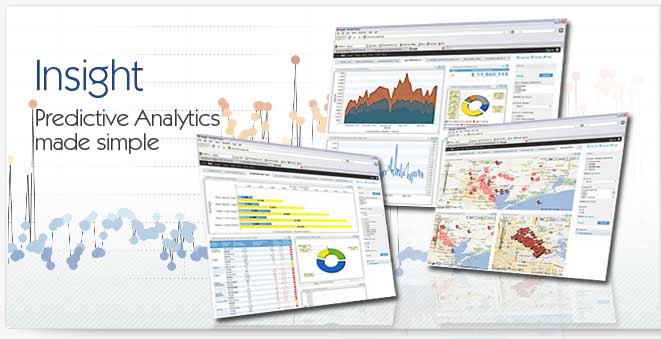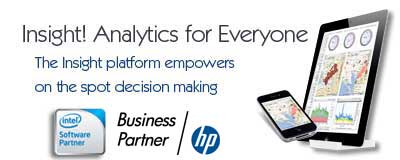The Challenge of Dashboards Performance
When an organization finally takes the plunge with business intelligence platforms, the first most likely side effect of the implementation will be a drop off of dashboards performance. This is will be especially true if the implementation, data design and set up have not taken dashboards performance into account before they were designed and implemented. Negative dashboards performance can have drastic consequences on the success of your BI platform, both in terms of user adoption as well as in terms of actual real performance, both for your dashboards and for your production systems.
Factors that Affect Dashboards Performance
While there are a number of factors that can affect dashboards performance, there are two primary factors that can have the most severe impact. The first factor in dashboards performance is the speed of the systems used in the platform. It may be intuitive to first consider the primary server that the dashboard software is using, but there are also considerations for the local systems your users will be using. This is especially true if the dashboards are accessed using locally deployed software. One way of bypassing this potential problem is to use dashboard software that servers the dashboards through a browser instead. The other factor that is often the biggest culprit in poor dashboards performance is the design of the data views the dashboards are based on. A poor design of the metadata layer that connects your dashboards to your source data can cause significant problems in chart rendering and dashboards performance.
Negative Impact of Dashboards Performance
While the most immediate impact of poor dashboards performance is in the form of charts that render slowly or not at all, there are also significant secondary problems associated with poor dashboards performance. The biggest of these is slowing of user adoption. In order to drive user adoption of your dashboard metrics, the information displayed must be relevant, informational and must be displayed in a manner that makes your users want to interact with the data. Poor dashboards performance is often one of the biggest reasons companies suffer from slow adoption rates for their BI systems.
How Data Affects Dashboards Performance
As stated earlier, poor data design can also dramatically affect dashboards performance. When considering your data design its critical to test the data presentation in ways that will stress the system to understand how both multi user and single user performance will be impacted by the data representations. To optimize dashboards performance you should also consider dashboard software that allows you to control the data flow. Dashboards performance can be dramatically improved by simply placing limits on how many users can access a data source at once and on how many lines can be returned to any individual report.
Optimizing Dashboards Performance
Optimizing dashboards performance, however, goes well beyond the simple throttling of the flow of data to the system. The reason is that dashboards performance is also dependent on the actual design of the reports and the amount of information being displayed. Complex reports that query a lot of information will negatively impact dashboards performance while simpler reports will impact dashboards performance to a lesser extent. Understanding this means focusing your dashboard metrics and reports in ways that provide fewer data points, but more important data points, in a faster manner.
|



